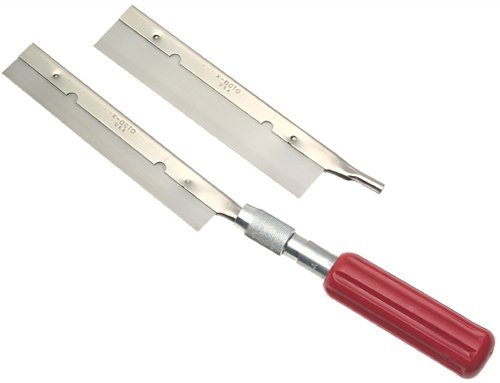Is there a tried, true and easy technique for cutting in a switch (Ross #100) where one previously didn’t exist? I have a straight section of track (Gargraves flexible 37”) and I want to add a siding for an industry. The method I’ve used previously was simply cut the track the exact length of the straight section of the switch with a Dremel and lift the section up to provide room so I can insert the switch into the pins. This has proven to be somewhat problematic and I have to believe there’s a better method which is eluding me. Previous problems I've experienced include:
- The Dremel doesn’t make an exact 90 degree cut. There’s always a little bit of an angle. Should I use a hand razor saw for a precise cut perpendicular to the track?
- I have had to remove all the track screws/spikes for many feet on either side of the switch because the entire area of track has to be lifted up off the roadbed to make room for the track pins.
- Which means all the ballast has to be done over.
There’s gotta be a better way. Any tips?










